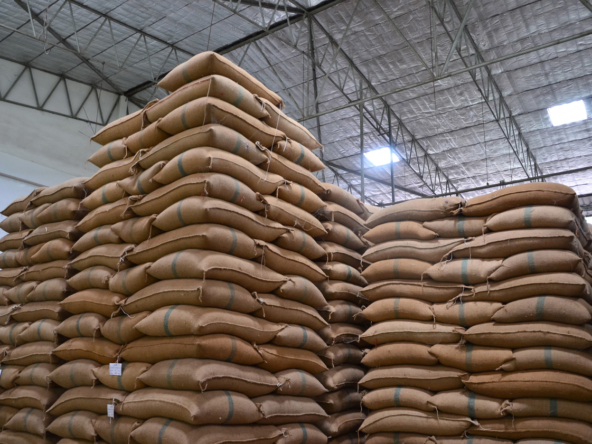In the pursuit of sustainable solutions, industries across the globe are turning to nature for inspiration. One such marvel of natural innovation is Arabic gum, a versatile and eco-friendly substance that’s becoming a cornerstone of green chemistry initiatives. Extracted from the sap of the Acacia tree, Arabic gum has long been valued for its emulsifying, binding, and stabilizing properties. However, recent discoveries have spotlighted its potential in driving environmentally conscious advancements.
The Role of Arabic Gum in Green Chemistry
Green chemistry aims to design products and processes that minimize hazardous substances and reduce environmental impact. Arabic gum’s inherent characteristics align perfectly with these goals:
- Biodegradability: Arabic gum breaks down naturally, leaving no toxic residue, making it a sustainable alternative to synthetic chemicals.
- Non-Toxic Nature: As an edible and non-toxic material, Arabic gum is ideal for applications that prioritize safety and environmental health.
- Renewable Resource: Derived from renewable Acacia trees, Arabic gum supports agroforestry practices that combat desertification and promote biodiversity.
Applications in Green Chemistry
The use of Arabic gum extends beyond traditional applications in the food and pharmaceutical industries. Here are some innovative ways it’s making an impact:
1. Eco-Friendly Coatings
Researchers are exploring Arabic gum as a key ingredient in biodegradable coatings for food packaging. These coatings not only preserve product quality but also significantly reduce plastic waste, aligning with the global shift towards sustainable materials.
2. Green Nanotechnology
In the burgeoning field of nanotechnology, Arabic gum is used as a reducing and stabilizing agent in the synthesis of nanoparticles. This natural alternative to harsh chemicals ensures safer processes and environmentally friendly outputs, particularly in medical and environmental applications.
3. Wastewater Treatment
Arabic gum’s binding properties are being harnessed in innovative wastewater treatment methods. By acting as a natural coagulant, it helps remove contaminants efficiently, offering a greener solution to water purification challenges.

4. Bio-Based Adhesives
Traditional adhesives often rely on petroleum-based components, which are non-renewable and harmful to the environment. Arabic gum is gaining traction as a bio-based adhesive for various industrial and household applications, providing a sustainable alternative.
Supporting Sustainable Development Goals
The integration of Arabic gum into green chemistry initiatives also contributes to several United Nations Sustainable Development Goals (SDGs), including:
- Goal 12: Responsible consumption and production, through its role in reducing reliance on synthetic materials.
- Goal 13: Climate action, by supporting agroforestry practices that sequester carbon.
- Goal 15: Life on land, by promoting the cultivation of Acacia trees in arid regions.
Challenges and Opportunities
While the benefits of Arabic gum are clear, challenges such as inconsistent supply chains and climate-induced risks to Acacia tree populations need addressing. Investments in sustainable harvesting practices and fair-trade partnerships can ensure the longevity of this resource.
At the same time, the growing demand for eco-friendly materials offers immense opportunities for innovation. Collaborative research and development can unlock new applications for Arabic gum in green chemistry and beyond.
Conclusion
Arabic gum stands as a shining example of how nature can guide us toward a sustainable future. Its multifunctionality, eco-friendliness, and alignment with green chemistry principles make it a key player in global efforts to reduce environmental impact. By investing in and innovating with Arabic gum, industries can take meaningful strides toward a greener, more sustainable world.
At Ajigofarms, we are proud to offer high-quality Arabic gum sourced ethically to support these groundbreaking initiatives. Explore our range and join us in championing a sustainable future.




